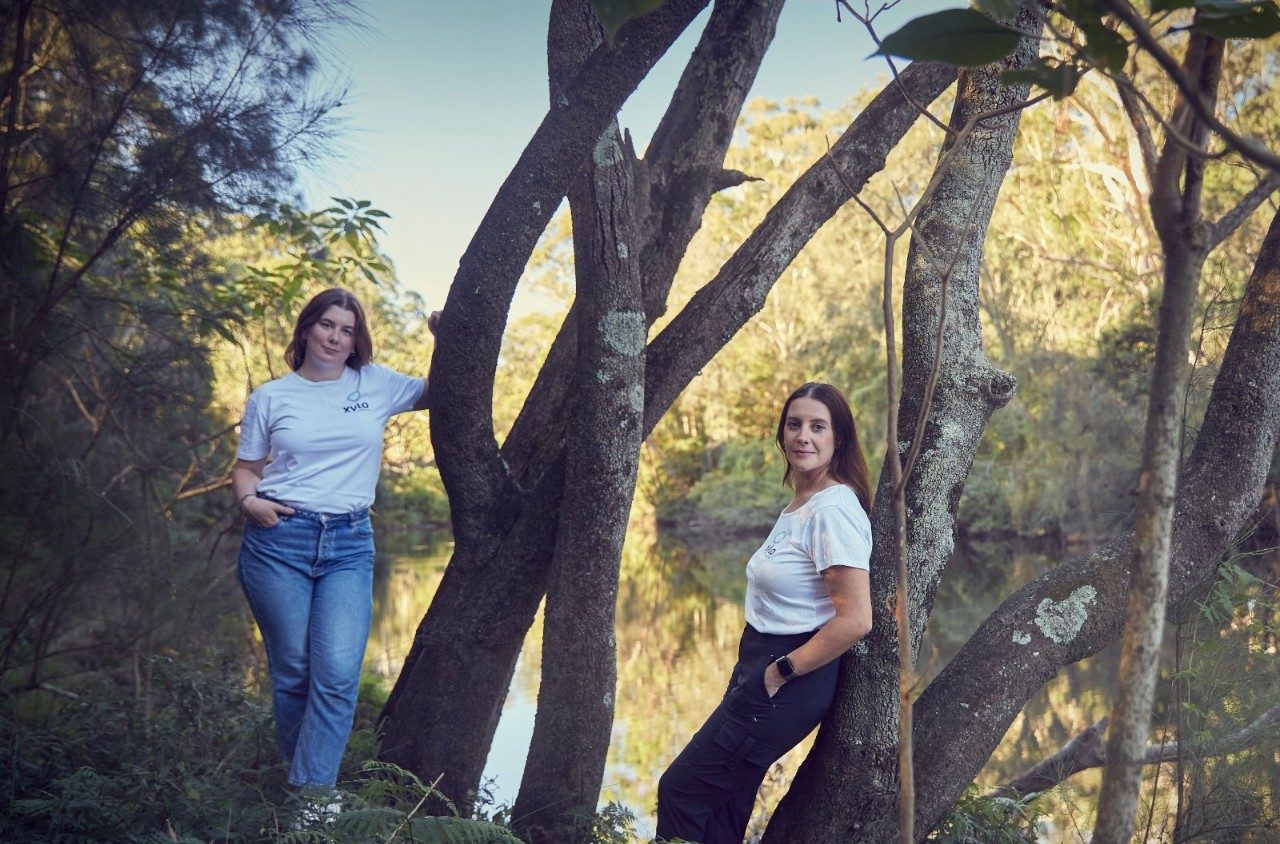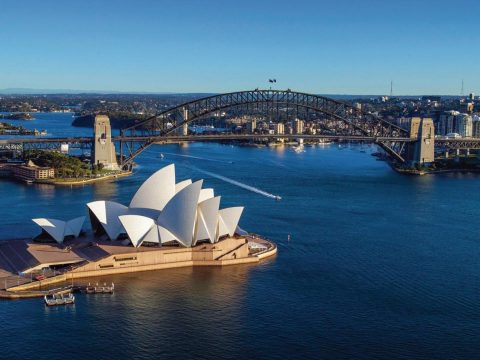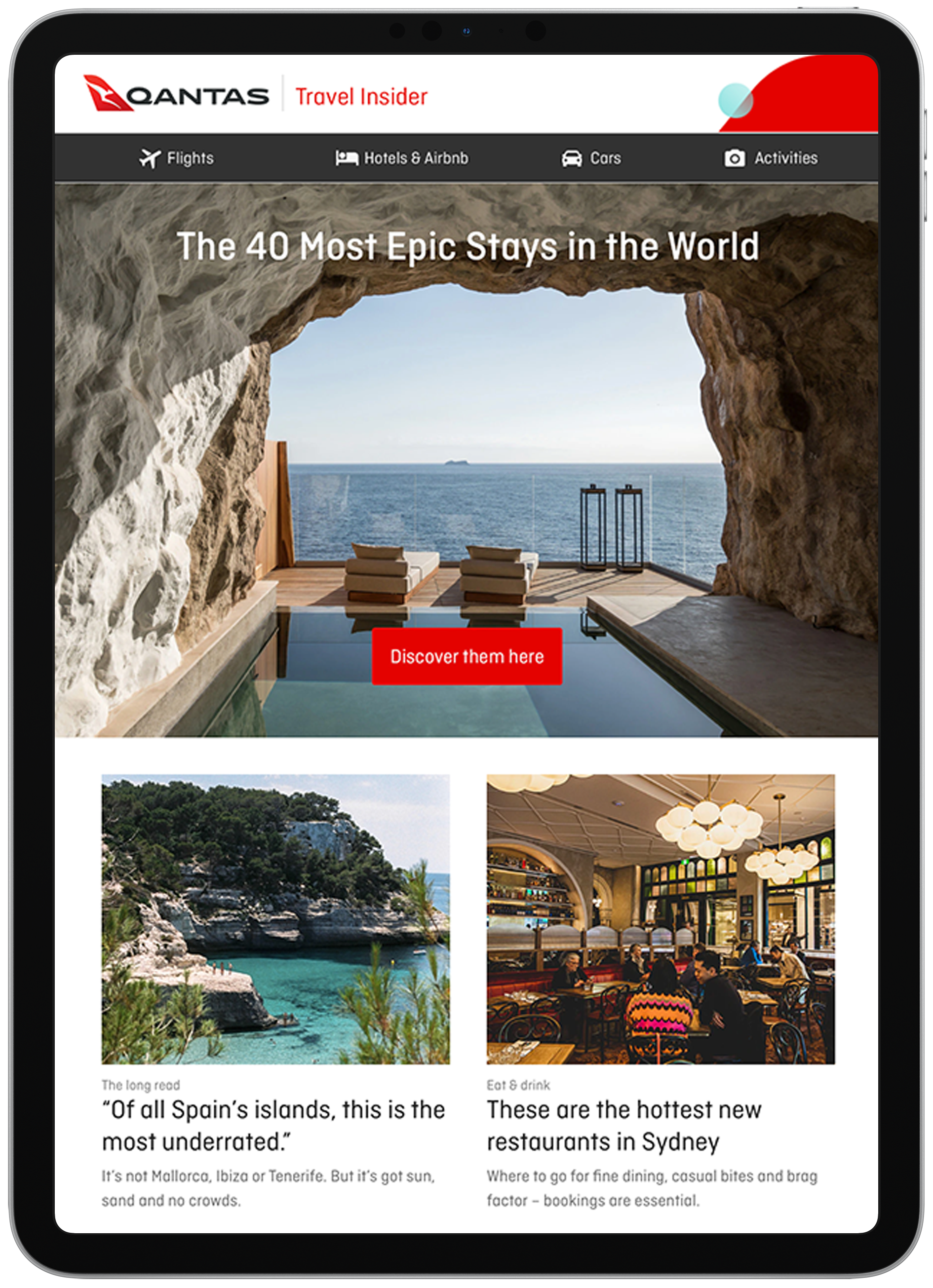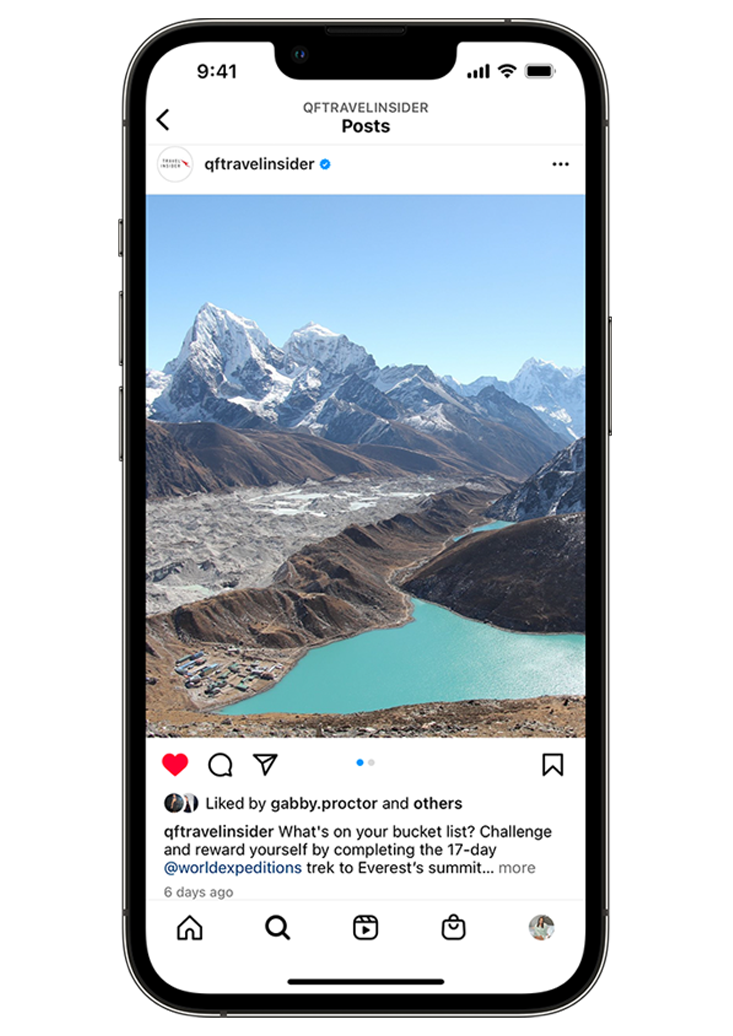How Xylo Systems is Making it Easy to Measure Environmental Impact

Making complex environmental data easy to access helps businesses understand their impact on biodiversity, says Kamilaroi woman and co-founder Camille Goldstone-Henry.
Fact file
Co-founders: Camille Goldstone-Henry (above right), CEO, 33; and Jada Andersen (left), CTO, 27
Investors: VCs, family offices, angel investors
Headquarters: Sydney
First customer: Development Victoria, 2023
Number of employees: Seven
What’s your elevator pitch?
“We help businesses understand how to protect and restore biodiversity within their operations and supply chains. Xylo Systems is similar to carbon-accounting platforms but for nature. Our AI-powered software platform brings together biodiversity data from around the world, which makes it possible for companies to quantify their biodiversity footprint, track sustainability goals and comply with nature-related regulations.”
What problem are you solving?
“I’m a wildlife scientist and worked as a conservation biologist with Tasmanian devils, bilbies and koalas. In the field I would use pen and paper to count animals and come back and crunch that with data from other scientists – it all took a really long time. I wanted to build a tool that manages biodiversity data and makes understanding it as simple as possible so people can make better decisions about saving species. New regulatory and reporting frameworks were being developed and I saw an opportunity to support businesses to measure and manage their impact on nature.”
How does it work?
“It’s a SaaS [software as a service] model and we offer it on a per-project basis – we’ve even had individuals come to us who are building homes and want to take care of their local habitat – as well as big packages for large organisations. On the NSW South Coast, Endeavour Energy had to chop down trees along certain power corridors and it wanted to offset that with similar ecosystems. We identified sites that were ideal to regenerate based on the species impacted and also helped select the best plant types to put back in. We ran some models that identified the yellow-tailed black cockatoo was impacted so we optimised the regeneration project to restore habitat for it. That was in 2023. The local community is already seeing the cockatoos back in the regeneration location.”
How did you get the company off the ground?
“In 2020 I was accepted into Wild Idea, an incubator program for startups in the nature and wildlife sector. I was also studying for an MBA at UNSW Sydney. I did interviews with potential customers across finance, mining, property, energy and agriculture to validate if this was a problem and if they would purchase a solution. And I got the sense that everyone was starting to look beyond carbon to biodiversity, especially as new regulations were under development. At the end of 2021 my co-founder, Jada, joined me. She’s a data scientist who was studying the effects of plastics on freshwater ecosystems and, like me, she didn’t want to go down the academic pathway. She built the platform that I had in my head.”
How did you convince investors?
“It’s a huge market opportunity because in the next 10 years every company is going to have to report on its nature and biodiversity impacts. That’s obviously helped us get investment and we also have companies coming to us saying, ‘Our investors, stakeholders or consumers are telling us we have to think about biodiversity and we don’t know where to start – can you help?’”
What’s next?
“We have a big focus on the United Kingdom where new regulations require any new property or infrastructure projects to have Biodiversity Net Gain (BNG) and be able to show biodiversity uplift on the site. There’s a lot of data required to quantify that and a really big need in the UK for what we do. We’ve done some pilots and plan to officially launch there later this year.”



